There’s something primeval and stirring about hearing wolves howl in their natural habitat. That haunting chorus echoing through forests and mountains connects us to something ancient and wild within ourselves. While wolves remain elusive creatures across much of their range, certain locations around the world offer exceptional opportunities to experience this spine-tingling vocalization. From North American wilderness areas to European forests, these remarkable predators continue to captivate human imagination through their iconic howls. Whether you’re an avid wildlife enthusiast or simply curious about experiencing one of nature’s most memorable sounds, several destinations stand out for their wolf populations and accessibility. This article explores the best places worldwide where, with patience and proper planning, you might be fortunate enough to hear the unforgettable sound of wolves howling in the wild.
Yellowstone National Park, Wyoming, USA
Yellowstone stands as perhaps the premier wolf-watching destination in the world since wolves were reintroduced there in 1995-96. The park’s Lamar Valley, often called “America’s Serengeti,” offers the highest probability of wolf sightings and howling encounters in North America. Dawn and dusk provide the best opportunities, when wolf packs often communicate through howls across this expansive landscape. Winter months generally yield better experiences as wolves are more visible against the snow and the park is less crowded with human visitors. Many dedicated wildlife watchers gather at pullouts along the Northeast Entrance Road, equipped with spotting scopes and guided by experienced wolf trackers who know the movements of the various packs.
Voyageurs National Park, Minnesota, USA
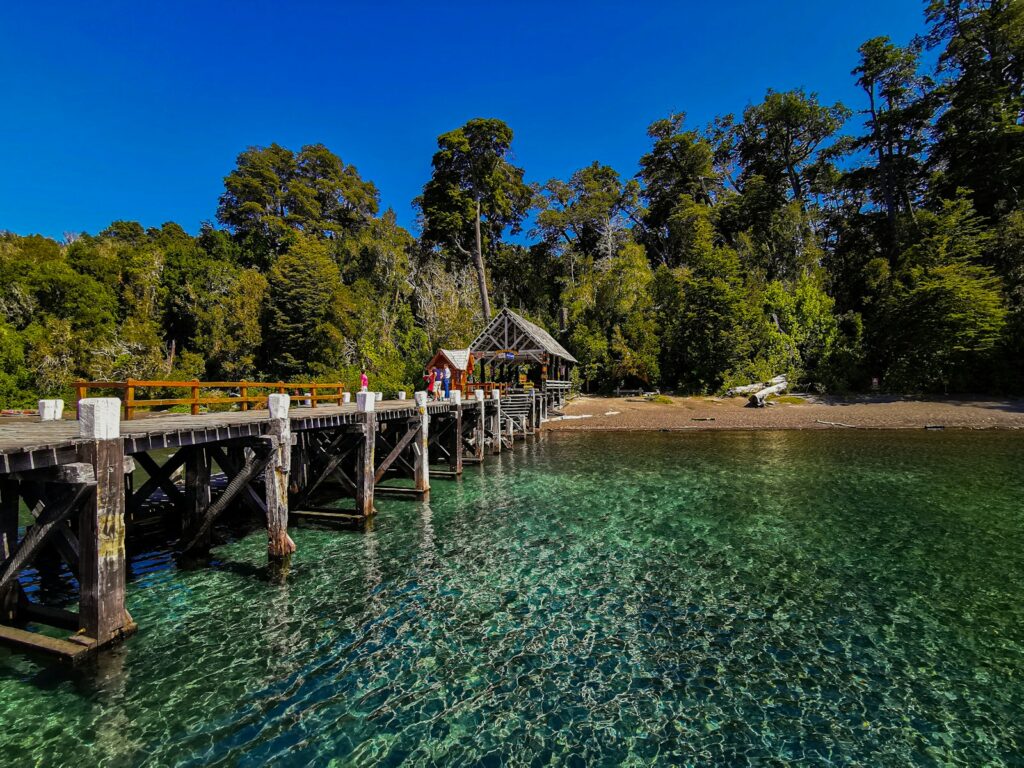
Located on the border between Minnesota and Canada, Voyageurs National Park protects one of the most robust wolf populations in the Lower 48 states. The park’s remote, waterway-rich landscape creates an ideal wolf habitat with minimal human disturbance. Winter offers unique opportunities to hear wolves howl across frozen lakes, with their vocalizations carrying exceptional distances in the cold, still air. Researchers from the Voyageurs Wolf Project regularly track the local packs, providing valuable information about where visitors might encounter them. The park offers guided wolf howling programs during summer months, where rangers take visitors to known wolf territories to listen for responses to human-initiated howls.
Isle Royale National Park, Michigan, USA
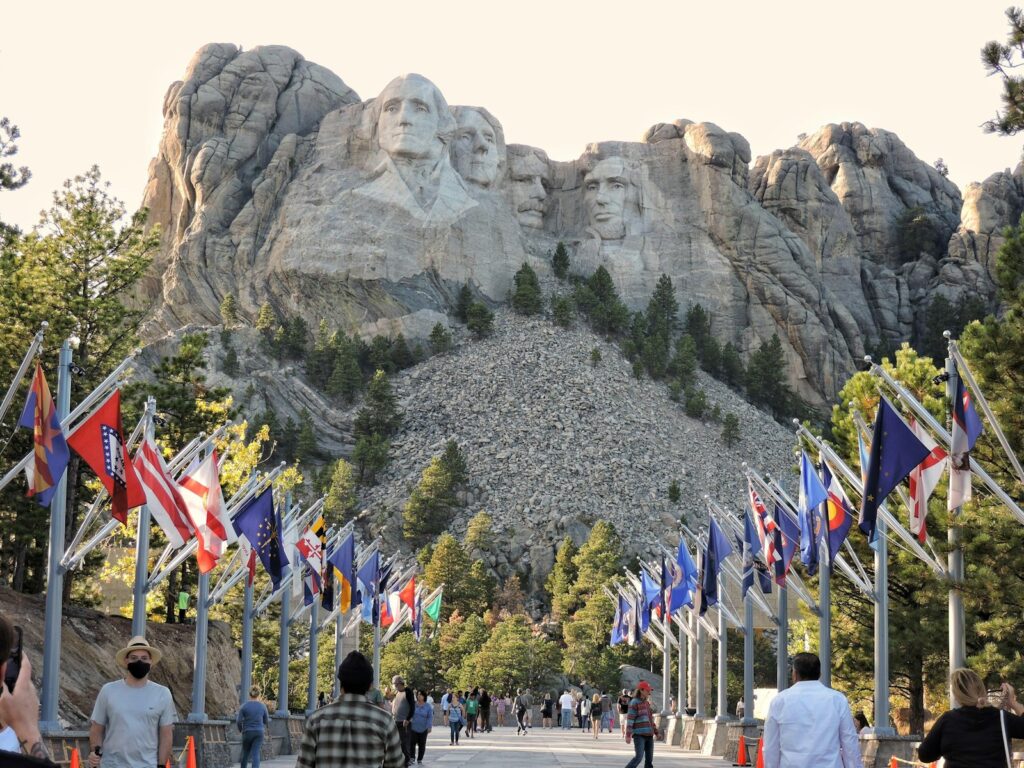
This island wilderness in Lake Superior has been home to one of the world’s most intensively studied predator-prey relationships between wolves and moose for decades. Recent wolf reintroductions have revitalized the population after it nearly disappeared. The island’s isolation creates a living laboratory where wolves roam without human interference. Backpackers spending multiple nights in the wilderness areas have the best chances of hearing wolves, particularly along the island’s remote northeastern shores. The absence of ambient noise on this isolated island means wolf howls can travel remarkable distances, especially on still evenings over water surfaces. Researchers conducting the long-running Isle Royale Wolf-Moose Study occasionally offer limited public participation opportunities for dedicated wildlife enthusiasts.
Denali National Park, Alaska, USA

Alaska’s Denali National Park offers some of North America’s most pristine wolf habitat, supporting multiple packs across its vast wilderness. Unlike more managed parks, Denali’s wolves maintain truly wild behaviors with minimal human habituation. The park’s limited-access road system means visitors who venture deeper have better chances of hearing wolves, particularly in the Toklat River and Polychrome Pass areas. Fall and early winter, when wolves are more vocal during breeding season, provide enhanced opportunities for hearing howls echoing across the expansive valleys. The Denali backcountry, accessible via multi-day backpacking trips, offers committed wildlife enthusiasts the most authentic wolf experiences available in North America.
Algonquin Provincial Park, Ontario, Canada

For over 60 years, Algonquin Provincial Park has conducted public wolf howling programs, making it one of the longest-running and most successful wolf experiences available to the general public. These organized events attract hundreds of participants during summer months, when trained naturalists attempt to elicit responses from local wolf packs. Algonquin’s wolves are actually Eastern wolf (Canis lycaon), somewhat distinct from their larger gray wolf cousins found further west. August typically provides the best opportunities as pups are more mature and families are more responsive to howling stimuli. The Highway 60 corridor through the park offers several access points where wolves are regularly heard, even outside of organized events.
Abruzzo National Park, Italy

Home to the endangered Italian wolf subspecies (Canis lupus italicus), Abruzzo National Park represents one of Europe’s best wolf-watching destinations. These Apennine wolves have made a remarkable recovery after nearing extinction in the 20th century, with the park forming the core of their protected habitat. The mountainous terrain creates natural amphitheaters where howls echo dramatically through valleys, particularly in the Val di Rose and Valle Jannanghera regions. Winter tracking programs led by park rangers offer opportunities to find wolf signs and potentially hear howling during twilight hours. The cultural connection between local communities and wolves adds a fascinating dimension to the experience here, with traditional stories and folklore still influential in local attitudes.
Sierra de la Culebra, Spain

This remote mountain range in northwestern Spain harbors one of Western Europe’s healthiest Iberian wolf populations. Unlike many European locations, wolves here are relatively visible, particularly during winter months. Local guides specialized in wolf tracking offer expeditions specifically focused on hearing wolves howl during breeding season from January through March. The region’s mix of pine forests and open meadows creates ideal acoustics for wolf howls to carry across significant distances. Small villages throughout the area serve as bases for wolf tourism, with several established viewing points known for regular wolf activity and vocalization, particularly around the town of Villardeciervos.
Bieszczady Mountains, Poland
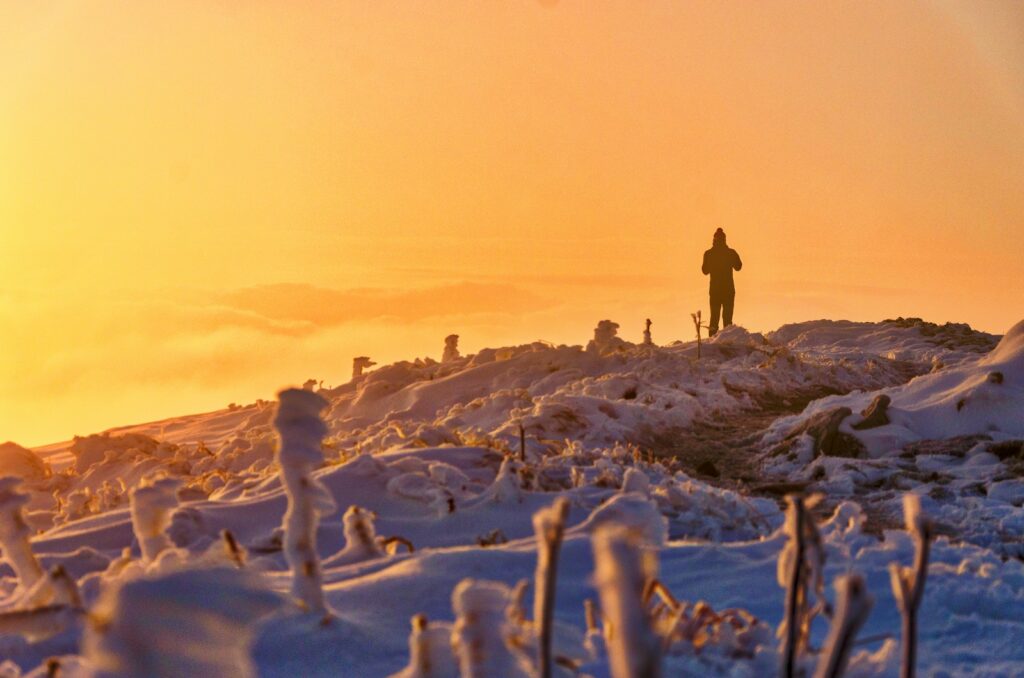
Poland’s remote southeastern corner in the Carpathian Mountains offers some of Europe’s best opportunities to encounter wolves in a truly wild setting. The Bieszczady National Park protects ancient forests where wolves maintain territories largely undisturbed by human activity. Winter tracking expeditions on snowshoes provide the best opportunities to find evidence of wolf presence and potentially hear howling, particularly during dawn hours. The border region where Poland, Ukraine, and Slovakia meet forms an important wildlife corridor that supports healthy carnivore populations. Local conservation organizations occasionally offer specialized wolf ecology tours that include evening sessions specifically focused on listening for territorial howls across the mountain valleys.
Kainuu Region, Finland
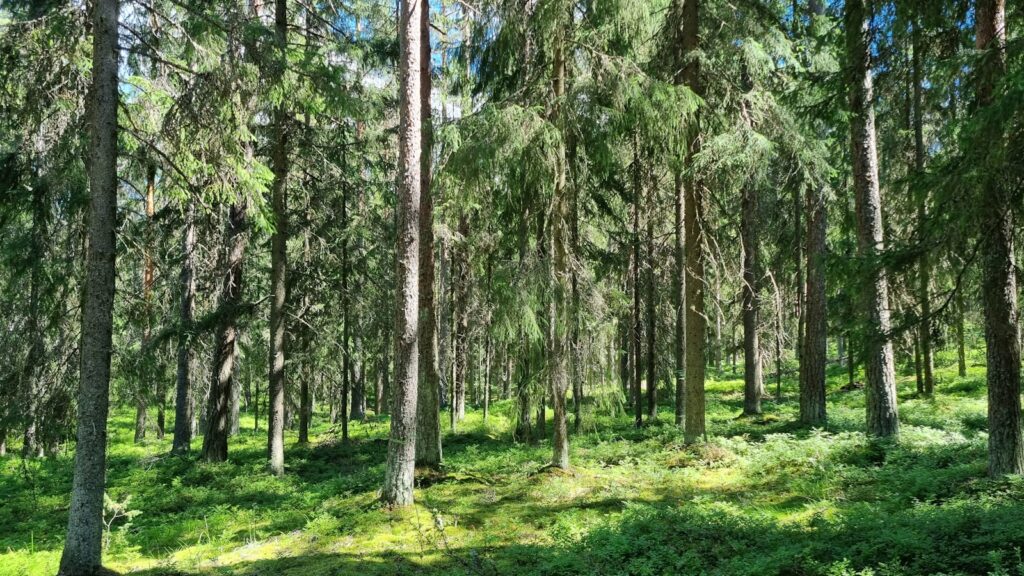
Finland’s eastern wilderness along the Russian border supports a thriving wolf population within vast boreal forests. Specialized wildlife viewing companies have established heated observation blinds near known wolf territories, allowing for comfortable overnight vigils with possibilities of hearing howling. The region’s extreme seasonal variations create unique opportunities throughout the year, from snow tracking in winter to observing family groups in summer. Finland’s traditional relationship with wolves adds cultural depth to the experience, with local guides sharing folklore and historical perspectives on these predators. The famous Finnish “wildlife hides” originally developed for bear watching have been adapted for wolf observation as well, with some locations reporting howling success rates of over 60% during optimal seasons.
Białowieża Forest, Poland/Belarus

This ancient forest straddling the Poland-Belarus border represents Europe’s largest remaining primeval woodland and provides critical habitat for wolves. The strictly protected areas contain old-growth forest that has remained largely unchanged for thousands of years, supporting wildlife in truly natural conditions. Guided excursions focusing on large carnivores offer opportunities to hear wolves, particularly during winter months when vocalizations carry farther through the leafless forest. The unique ecosystem mosaic of forest types and wetlands creates ideal wolf habitat with abundant prey species. The forest’s UNESCO World Heritage status ensures long-term protection for wolves and other wildlife that depend on this remarkable ecosystem.
Torres del Paine National Park, Chile
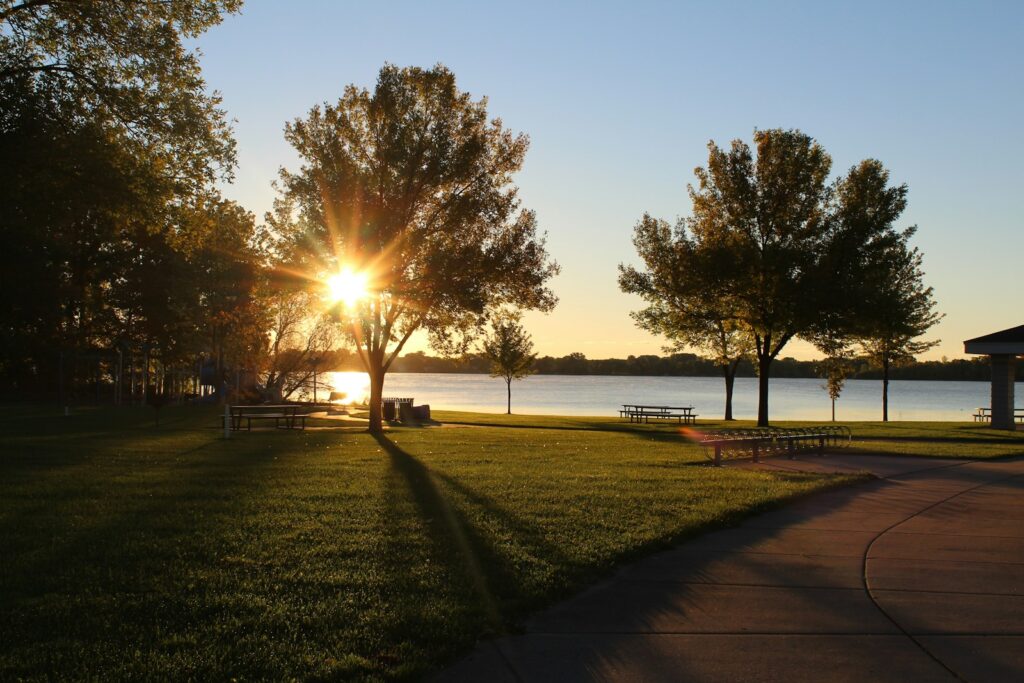
While less known for wolves than northern hemisphere destinations, Torres del Paine offers opportunities to hear the haunting howls of the South American gray wolf, more properly known as the culpeo fox. These wild canids fill a similar ecological niche to northern wolves in the dramatic Patagonian landscape. The park’s vast open spaces allow vocalizations to carry exceptional distances, particularly during the breeding season from August to October. Dawn excursions into the park’s eastern valleys offer the best chances to hear these animals communicating across territories. The relatively low human visitation during shoulder seasons increases chances of authentic wildlife encounters throughout this remarkable ecosystem.
Practical Considerations for Wolf Howling Expeditions
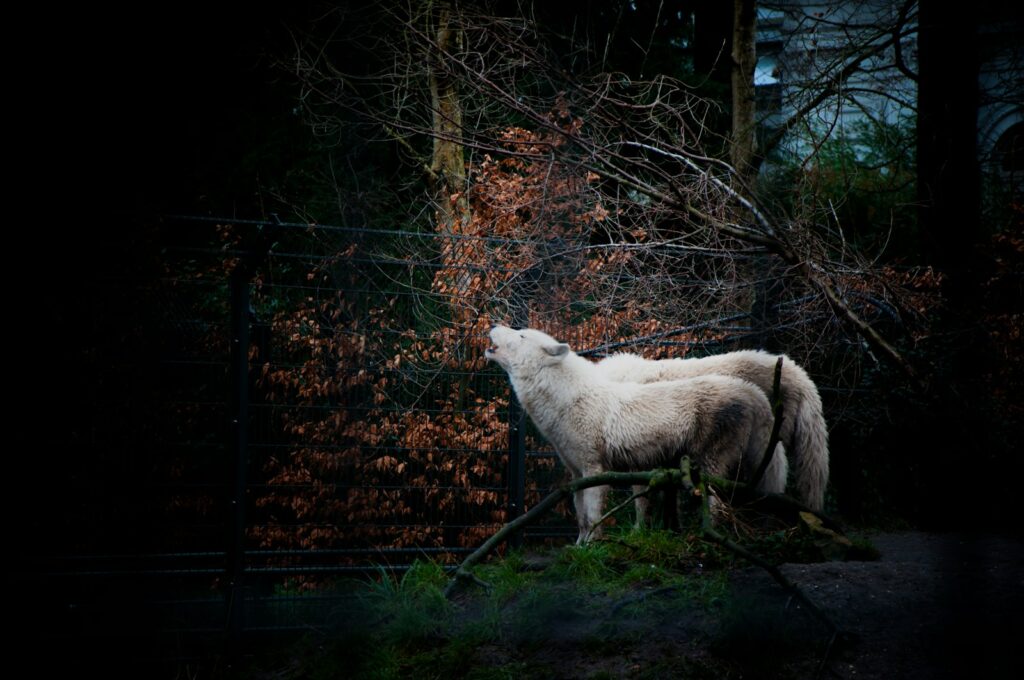
Successful wolf howling experiences require substantial planning and realistic expectations regardless of destination. Timing is crucial – wolves are most vocal during territory establishment, breeding season, and when packs reassemble after hunting, typically at dawn and dusk. Weather conditions significantly impact the experience, with still, cold nights allowing howls to travel much farther than warm or windy conditions. Working with experienced local guides dramatically improves chances of success, as they maintain current knowledge of pack movements and preferred communication sites. Responsible wildlife viewing practices are essential – maintaining appropriate distances, avoiding disturbance of denning areas, and never attempting to feed or interact with wolves ensures these experiences remain sustainable for future generations.
Conclusion

The haunting sound of wolves howling in the wild represents one of nature’s most powerful experiences, connecting us to wilderness in a profound and emotional way. While encountering wolves requires patience and often multiple attempts, the destinations highlighted in this article offer the best opportunities for hearing this unforgettable vocalization. As wolf populations continue to recover in many regions, opportunities for these experiences are actually improving in some areas. Whether you choose the famous valleys of Yellowstone, the ancient forests of Europe, or remote wilderness areas elsewhere, proper preparation and realistic expectations will maximize your chances of success. Beyond the howl itself, the process of searching for wolves in wild places offers its own rewards – immersion in remarkable landscapes, encounters with other wildlife, and connection to natural rhythms that remain increasingly rare in our modern world.

